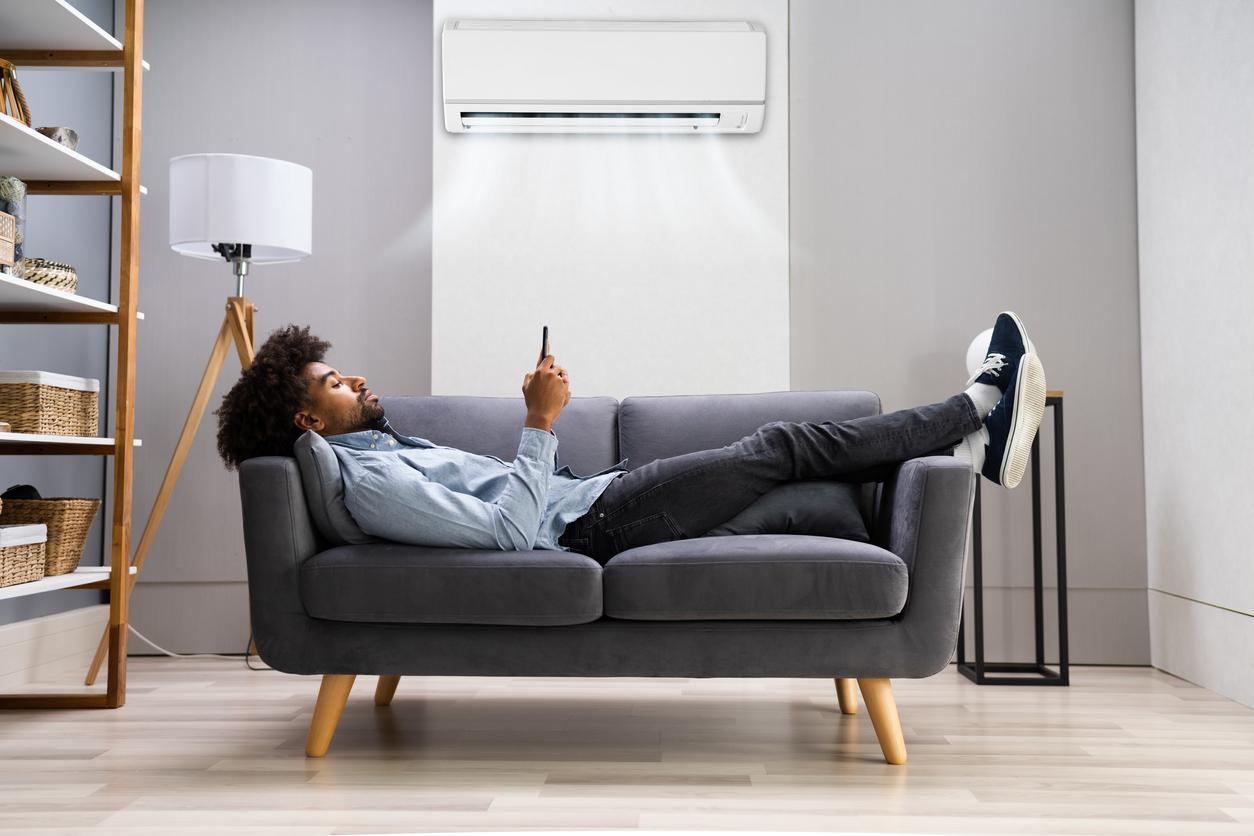Transcranial magnetic stimulation is used more and more for a wide variety of diseases, what is it?
Transcranial magnetic stimulation is a non-invasive medical technique, you do not open the skull, and you do not need anesthesia. It is a method of treatment that was developed in the early 90s and is in full development.
Concretely, the patient ends up with a kind of helmet on the head?
Yes, it is a bit like that, it is a device placed on the head that creates magnetic fields. And these magnetic fields change the activity of nearby neurons. The most common use, practiced in the specialized departments of certain university hospitals, is repetitive stimulation: a specific area is stimulated during a given time interval, so as to significantly modify the activity of the targeted region …
So no surgery. But what are the diseases that are treated with this technique?
In fact, there are more and more… and that is why I am telling you about it. For example, a few weeks ago a team of American researchers showed that it could reduce tobacco addiction … This is only a small scientific trial, including only 16 people, but researchers already hope that this could be interesting for addictions to alcohol, drugs … And a French team is currently carrying out a test on forty people addicted to games.
Is this technique also used for other psychiatric illnesses?
Yes, repetitive transcranial magnetic stimulation has been shown to be effective in the treatment of resistant depression. So much so that since last year in the United States, the health authorities have authorized the reimbursement of this technique in this indication. It is also used with interesting results in the treatment of auditory hallucinations, the famous voices that a person with schizophrenia can hear. But, this therapeutic strategy goes beyond the field of psychiatry, since it is also used in the treatment of tinnitus or certain pains.
Can this technique have side effects, such as headache?
According to the scientific literature, few adverse effects have been noted if of course the safety parameters are respected. Then it’s true, there can be a few transient headaches. Last precision, with twenty years of hindsight, the specialists do not note any case of cancer. Note that these waves have nothing to do with radio frequency waves or telephone waves.
.















